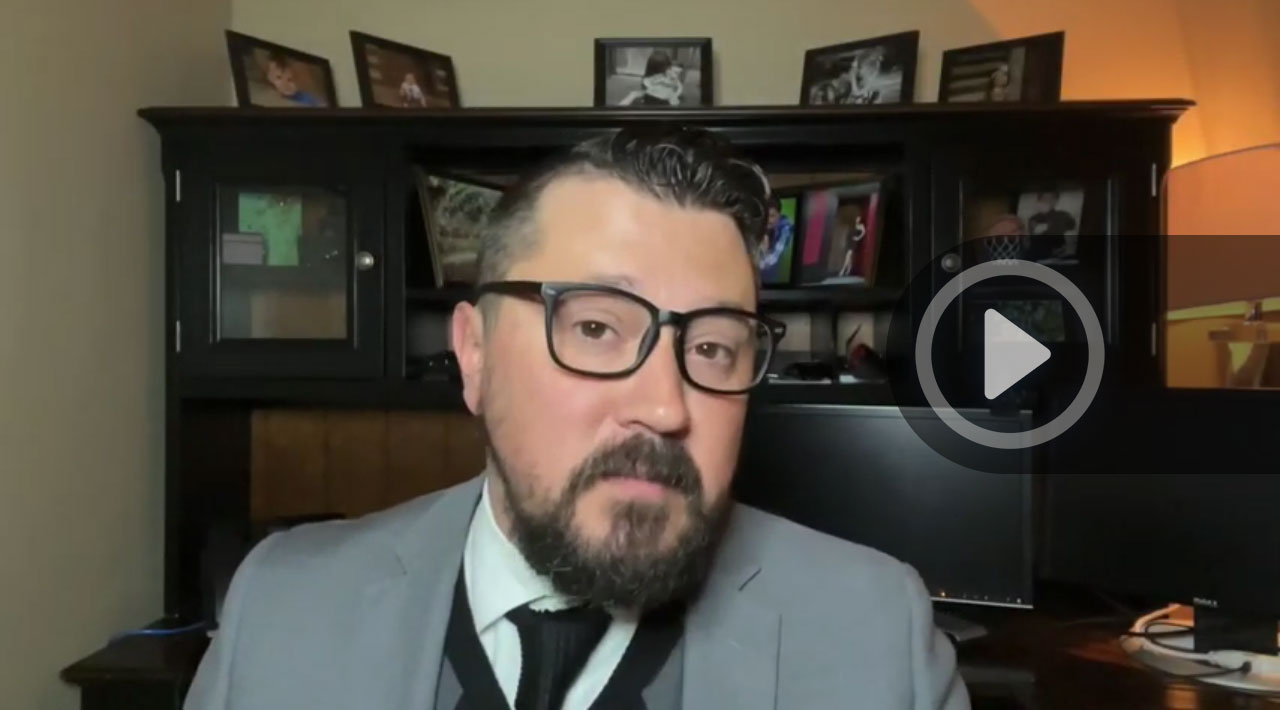Jury Selection (Voir Dire) in Texas

Jury Selection (Voir Dire) in Texas. Jury selection is one of the most important and yet most widely misunderstood aspects of trial litigation. So in this video, I want to go over some of the very, very basic tenants of what jury selection is and how it works here in Texas. So stay tuned.
Happy Friday everybody. I hope you’re having a great week. Now, selection is one of those things that they teach entire courses on. Lawyers go to multi-day seminars to talk about jury selection and strategies and the psychology of potential jurors, all kinds of things. So obviously in this type of video I’m not going to even scratch the surface on all there is to talk about jury selection. But I figured I would at least give you a general overview of how it works, because it’s one of the biggest questions I get when I’m preparing a client for trial is, do I get to pick my jurors? And I’ll start by saying that the term jury selection is kind of a misnomer here in Texas, because in all actuality it’s more of a jury deselection, and here’s what I mean by that.
When a case is about to head to trial, the judge on the day of trial will bring potential jurors from the central jury pool. The number of potential jurors depends on a lot of things. The complexity of the case, how long the trial will last, the type of case that it is and so on and so forth. But for our example we use, this is just your standard felony, there’s going to be 12 jurors, it’ll last about three to four days so they don’t need a huge jury pool. In cases like that, the judge will typically bring between 60 and 80 jurors up to be potential jurors for that case. When those potential jurors get in the courtroom, they sit in the gallery and then the lawyers get to ask those potential jurors questions. In normal cases are at least in criminal cases the prosecutor goes first that question and answer period is known in Texas as voir dire, or voir [deer 00:02:30] or voir [dur 00:02:32] or whatever you have heard people pronounce it every lawyer has some different pronunciation of it. But it’s where the lawyers get to ask questions to the potential jurors.
The purpose of that voir dire process, that question process, is to try to identify which potential jurors have inherent biases or prejudices that would render them an unfair or actually a partial juror, not an impartial juror. So questions are being asked first by the prosecution and then by the defense that tries to get at, is there anything about that juror that would make them an unfair juror? So for example, if this is a DWI case and the potential had a close relative that was killed by a drunk driver, in all likelihood that experience is going to taint their view of the facts and the evidence. They’re going to be an an unfair juror or a biased juror in that particular case. Okay. So that’s what the voir dire process is looking for is to try to identify that.
As those jurors are identified, once all of the questions have been asked and all of the answers have been given, then both the state and the defense will submit to the judge, which jurors they feel have demonstrated that there is cause to strike them from the jury pool, that’s called motion to strike for cause. That’s where the lawyers are saying, judge, that juror is not going to be fair, we’re asking that you remove him or her from the panel for the cause of being biased. And so the judge can either agree or disagree. And the ones that he agrees with, those jurors get removed. So now we’re down from, let’s say 70s to about 45 or 50.
At that point, both sides get a certain number of what are called peremptory strikes. Peremptory strikes are strikes that the lawyers get to exercise for really any reason whatsoever so long as it’s not for purposes of race or religion or something like that. But even if a certain perspective, juror walked in and gave the defendant a funny look, I don’t like the way they were looking at my guy, I can use a peremptory strike. So the state will exercise their peremptory strikes and the defense will exercise their peremptory strikes. Again, for purposes of this hypothetical, let’s assume that each side gets six and so now we’ve gone from a pool of 40, we eliminate 12 more and we’re down to a pool of 28. So now we have these 28 potential jurors that are left, assuming that none of them have struck themselves for cause, none of them have a particular hardship that would make them unable to sit for jury, let’s say, they’re scheduled for surgery the next day or something like that.
Those 26 are now our jury pool. And then the judge will go in order because they’re all given a number between one through 70 when they walk in and the first 12 that are left, that’s your jury. So really you’re not picking the 12 that you want. You are deselecting all of the ones that you don’t want are all of the ones that won’t work and whatever you have left it’s those 12 that will make up your jury. That is how jury selection works. Then that’s why when I’m sitting down with a client and I’m preparing them for trial, I always talk about trial has a bunch of inherent risks. One of those is you never know what kind of jury pool you’re going to get. You don’t know what 70 people are coming up from central jury, you don’t know which of those 70 people will be at the front of the line versus the back of the line, you don’t know which of those 70 people are going to strike themselves for cause. And so it’s very random which 12 you end up with at the end of the day.
Again, I could go on and on and on and on and on about the nuances of jury selection. It’s a fascinating, fascinating topic. I’m sure you can find other videos out there of people talking about the different aspects of jury selection. But for now I just wanted to give a kind of broad overview of how the procedure works, at least here in Texas, every state’s different. The federal side’s even more different. So hope that helps hope, that answers any questions that you might have about kind of generally how it works. But as always, if you have a specific question or you have something that you want to see me cover any video like this, feel free to shoot me an email, give me a call, I’m happy to discuss those with you one to one, or if it’s a question I get a lot then I’ll obviously make a video of it and hope that helps in that way.
Thanks again for checking this video out. As always, like, subscribe the channel that helps me a great deal. But other than that I hope you have a great week and I’ll see you next time.
